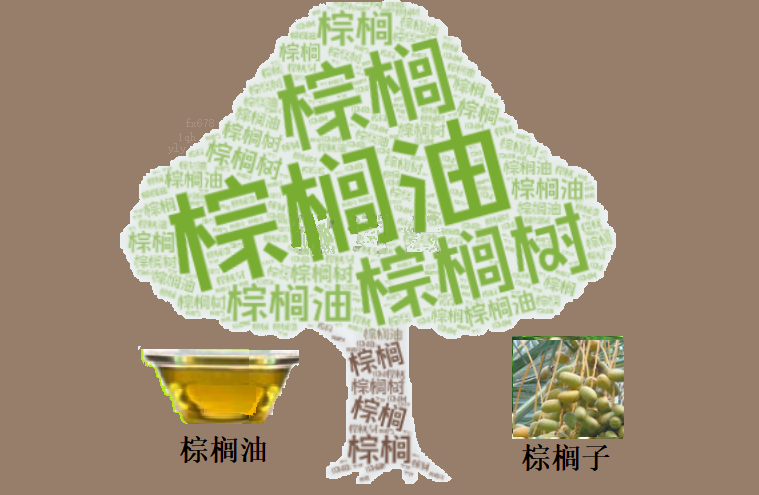Palm oil is hovering at a critical technological juncture; who will be the next game-changer?
2025-10-30 18:46:33

Fundamentals and Fund Flows
The current palm oil market is primarily driven by external factors. The most active soybean oil contract on the Dalian Commodity Exchange rose 0.91% intraday, diverging from a 1.46% drop in soybean oil prices on the Chicago Board of Trade. This regional difference reflects the relative resilience of demand for vegetable oils in Asian markets. A Kuala Lumpur trader noted, "Futures prices mainly follow the Dalian market's fluctuations, and the market remains cautious in the absence of new catalysts."
The latest data from the Indonesian Palm Oil Association (GAPKI) shows that inventories fell slightly to 2.54 million tons in August, a 1% decrease month-on-month. Although exports declined, a simultaneous contraction in production eased inventory pressure. This data suggests continued uncertainty on the supply side, providing underlying support for prices.
Monetary Factors and Technical Signals
The Malaysian ringgit fell 0.24% against the US dollar on the day, continuing its recent weakness. Currency depreciation has enhanced the price competitiveness of Malaysian palm oil in the international market, especially for buyers holding foreign currency. Furthermore, technical indicators suggest a short-term rebound. Wang Tao, a well-known technical analyst, pointed out that palm oil has broken out of its downward channel, and the hourly RSI indicator has strengthened, predicting that prices will further test the 4,289-4,308 ringgit range.
Institutional Views and Market Outlook
Most analysts believe that palm oil's short-term price movement will continue to be influenced by related markets. Despite pressure on Chicago soybean oil, the strength of domestic soybean oil and the depreciation of the Malaysian ringgit together form the current market's "twin engines." It is worth noting that if the long-term supply and demand situation shifts towards easing, the current technical rebound may face resistance. Therefore, investors need to pay attention to the dynamic balance between the recovery of production in producing regions and global edible oil trade flows.
Overall, the palm oil market is currently in a volatile phase, influenced by a mix of bullish and bearish factors. The strength of soybean oil futures, the depreciation of the ringgit, and technical breakouts have provided short-term upward momentum for prices, while a slight decrease in Indonesian inventories has eased supply pressure. Going forward, key attention should be paid to weather changes in Southeast Asian producing regions and policy developments in major importing countries, as these factors could become crucial variables that disrupt the current balance.
- Risk Warning and Disclaimer
- The market involves risk, and trading may not be suitable for all investors. This article is for reference only and does not constitute personal investment advice, nor does it take into account certain users’ specific investment objectives, financial situation, or other needs. Any investment decisions made based on this information are at your own risk.





















